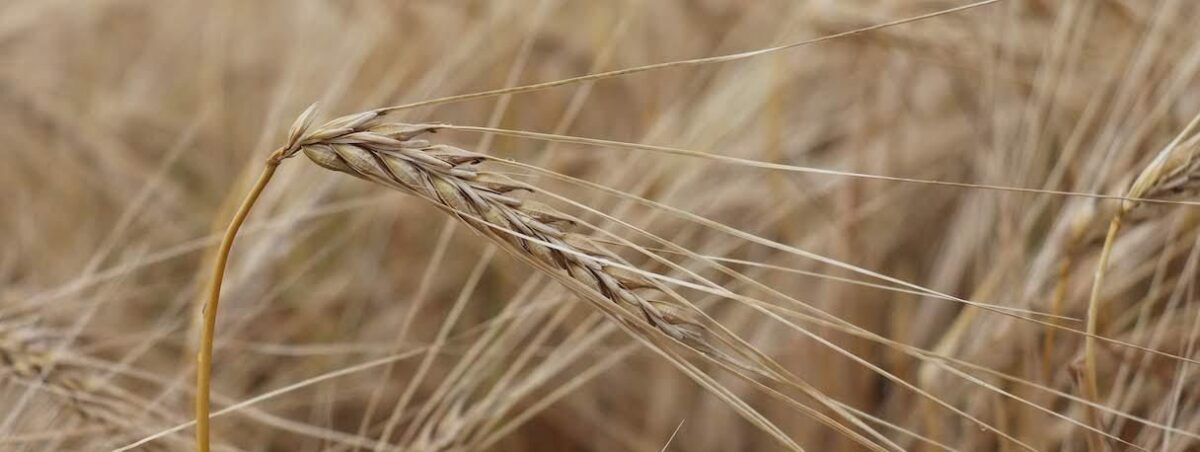Post-registration assessment of fusarium head blight resistance in spring wheat, barley, and winter wheat

By Anne Kirk and Chami Amarasinghe, Manitoba Agriculture
The Manitoba Crop Variety Evaluation Team (MCVET) has been evaluating the effects of fusarium head blight (FHB) on spring wheat, winter wheat and barley varieties under conditions of natural infection for a number of years. Varietal resistance ratings for FHB, as presented in Seed Manitoba, are determined through inoculated trials conducted during the period the variety is tested in the variety registration system. While this provides good information on resistance to FHB, the data generated provides limited comparisons with other registered varieties. Post-registration FHB analysis provides an opportunity to compare fusarium damaged kernels (FDK) and deoxynivalenol (DON) accumulation among registered varieties over a number of locations in Manitoba. Fungicides are not applied to MCVET trials, and FHB infection is the result of natural infection. Due to variety turnover in MCVET trials, ongoing analysis is required to evaluate the response of newly registered varieties.
In 2022, DON accumulation was low at the majority of sites. At the spring wheat sites, mean DON accumulation was below the detection limit of 0.5 ppm at seven of nine sites tested; DON ranged from 0.5 to 4.2 ppm at the two sites where DON was detected (Table 1). Mean DON accumulation at the barley sites was below detection limit at eight of 10 sites and ranged from 0.5 to 1.4 ppm at the remaining sites (Table 2). Mean DON accumulation in winter wheat was below detection limit at six of eight sites and ranged from 0.6 ppm to above the detection limit of 5 ppm at two sites (Table 3). Varieties with the highest FDK and DON levels were generally rated as susceptible (S), moderately susceptible (MS) or intermediate (I) for FHB resistance. However, there is variability in FDK and DON within each of the five resistance categories.
FHB infection is highly influenced by environmental conditions, but there are management options that should be used to mitigate the risk of FHB. The first step is to select varieties with improved resistance to FHB. Resistance ratings published in Seed Manitoba are a good first place to look for disease resistance information. Caution must be used with one year of data, as presented in these tables. Other management strategies include crop rotation and fungicide application.
Thanks to Manitoba Crop Alliance for providing funding to conduct FDK and DON analysis and the Manitoba Crop Variety Evaluation Team and contractors who provided the harvested samples.

